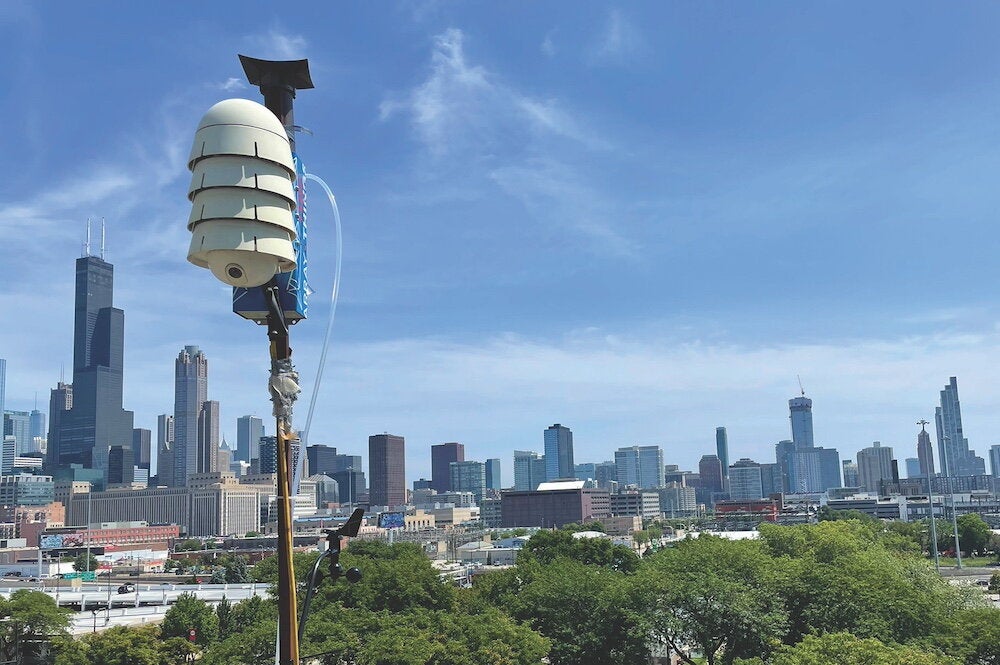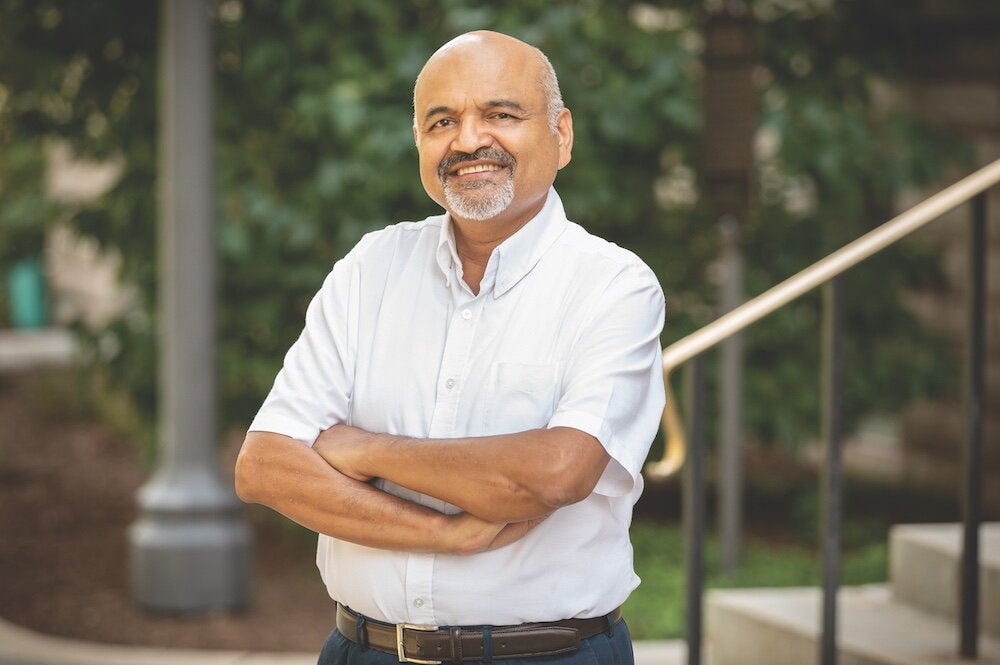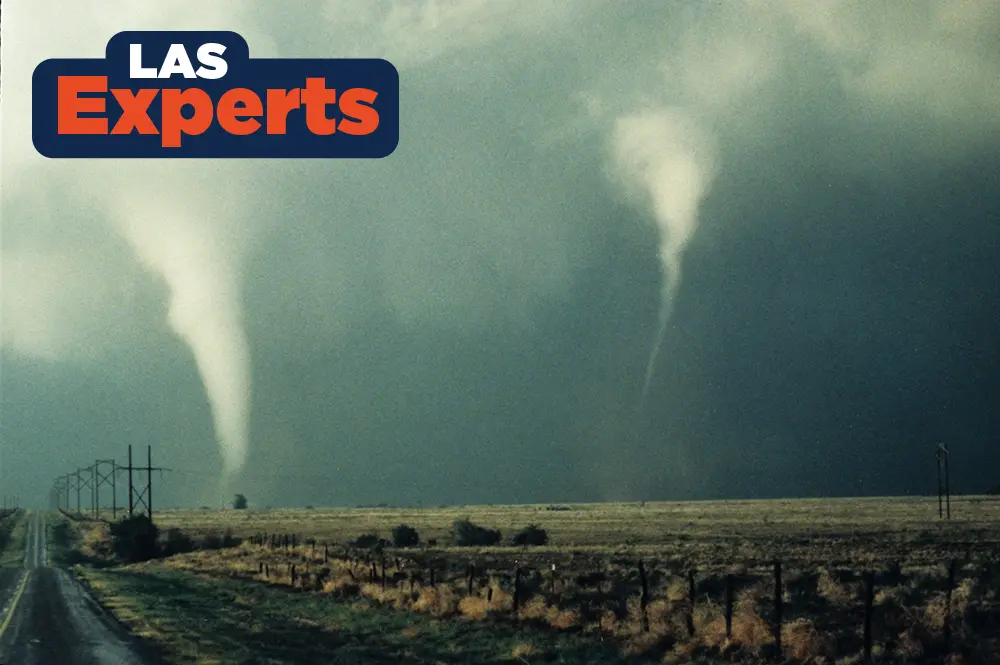
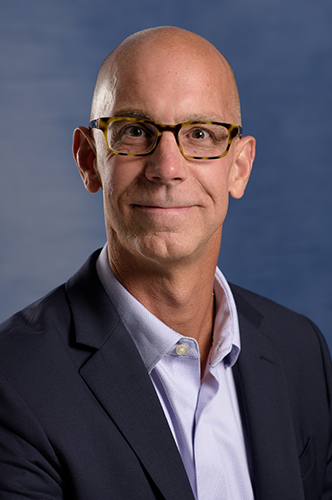
For most of us, tornado sirens and severe thunderstorm warnings mean that it’s time to hunker down and hope that the damage is minimal. Fortunately, there are people such as (Robert) Jeff Trapp, head of the Department of Atmospheric Sciences, who are trying to learn as much as possible about these intense weather events. Trapp’s research is being used by scientists, policy makers, and forecasters around the world trying to understand how severe weather is changing—and how we can give people precious minutes of warning before it strikes.
What are you currently researching?
My group is using computer simulations of tornadic thunderstorms, as well as data from weather satellites and Doppler radar, to better understand the controls on tornado intensity. We’re also analyzing data we helped collect during the RELAMPAGO field campaign (held November-December 2018 in Argentina) to characterize processes known as updrafts, downdrafts, and cold pools in some of Earth’s most intense storms. Finally, we’re developing projections of severe-weather hazards under human-induced climate change.
What impact will your work have on your field and the community?
Our research results tend to be used frequently by weather forecasters, especially within the National Weather Service, to issue more accurate and timely warnings of severe-weather hazards. Our climate-change research methodologies have been adopted by other scientists around the world, and thus have aided in their development of future-hazard projections. This work also serves to inform policy and decision makers on potential impacts of climate change.
How has your field changed since your career began?
Relative to the beginning of my career, I now have easy and immediate access to digital weather data, as well as to open-source weather and climate models, which I can run on my laptop computer. Analysis of the data and model output is now enabled by countless Python libraries, rather than by expensive, cumbersome, and more limited analysis packages. Information about a compelling weather event, a research discovery, or some new data or technology can now be shared readily via social media or other online platform.
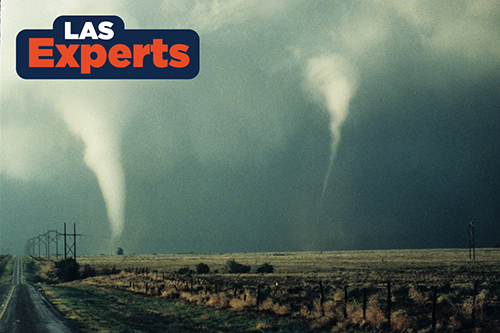
What do you enjoy most about teaching? What advice would you offer to students interested in your field?
I enjoy helping students make the connection between the mathematical, quantitative treatments of atmospheric phenomena and their physical observations. I also enjoy introducing new research findings and experimental approaches into the classroom, and then challenging the students to design their own experiments. Because our field is relatively young, such an exercise is not necessarily hypothetical: My advice to students interested in atmospheric sciences is to pursue every possible opportunity to become involved in undergraduate research.
Please describe your most significant achievement.
Our group was a primary contributor to the discovery of a phenomenon known as “mesovortices”, which can cause intense damage within extensive lines of thunderstorms. We were also one of the first groups in the world to show how severe-thunderstorm frequency and intensity can be influenced by human-induced climate change.
Editor's note: Trapp recently wrote a column for Newsweek on the May outbreak of tornadoes. Read it here.
This LAS Experts profile is part of a series to highlight the groundbreaking work by faculty in the College of LAS. Visit here for other profiles.

